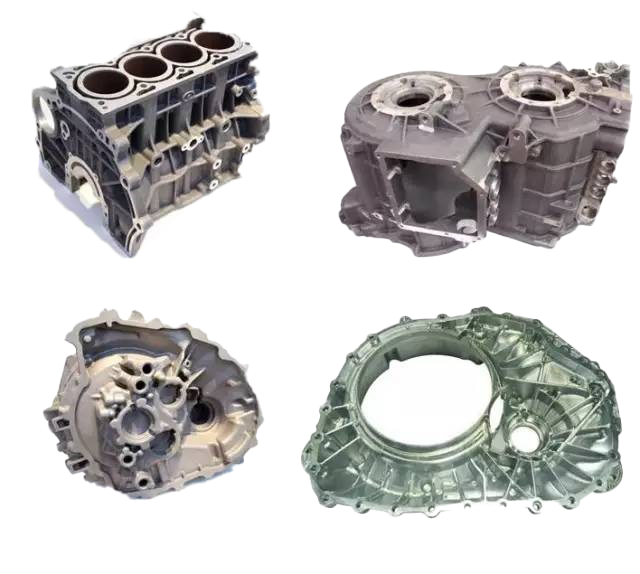Σφάλμα μορφής email
emailCannotEmpty
emailDoesExist
pwdLetterLimtTip
inconsistentPwd
pwdLetterLimtTip
inconsistentPwd

Νέα
iron casting manufacturers near me
Iron is widely used in daily life, and the craft of iron casting began as early as around 1200 BC, evolving from the earliest farming tools to weapons. The hardness of iron plays a very important role in railway tracks, auto parts, etc. Whether online or in a store close to you, you can find some iron casting manufacturers.
Generally, there may be a blacksmith shop in every village and town. When I was young, iron casting near me attracted many young guys to onlookers, so did I. But now, there is no such thing. With the development of science and technology, the cast iron process has already been very mature, and the nails, sickles, etc. have all adopted fast technical means.
In this article, we will answer the difference between cast iron and pig iron for you, many people who have just entered the industry involving iron have doubts.

Classification of iron
According to the different carbon content, it can be divided into low carbon steel, ordinary carbon steel, and high carbon steel. The division of pig iron and cast iron is based on the difference in composition.
The difference between cast iron and pig iron
What is pig iron?
Iron-carbon alloys with a carbon content of more than 2% are called pig iron and are also doped with a little manganese, phosphorus, silicon, sulfur, and other non-ferrous metal elements. These elements make it hard and brittle and lack toughness.
Raw iron is a crude iron directly produced from the blast furnace, which can be divided into steel raw iron and cast raw iron according to its use. It is customary to call steel raw iron called raw iron.
Why is it called pig iron?
Folks judge their "brittleness" according to subjective experience, and the corresponding ones are called wrought iron or steel.
Iron-carbon alloys with a carbon content higher than 2% are called pig iron, which generally refers to the rough iron produced by steel companies.
Industrial pure iron with a carbon content of less than 2/10,000 is commonly known as wrought iron.
Pig iron for industrial products is the raw material of various iron-carbon alloys such as cast iron and steel.
What is cast iron?
Cast iron is a product or semi-finished product made of pig iron with a carbon content greater than 2% after melting and adding other raw materials. According to the elements, it can be divided into ductile iron, gray iron, malleable iron, etc., and the models and types are very rich.
In general, cast iron and pig iron are called iron-carbon alloys. Pig iron is the raw material for cast iron. There are also many types of cast iron, and if it needs to be used in manufacturing, pig iron needs to be further processed.
The difference between wrought iron and cast iron
Production: The main difference is that tools and hammers cannot be used in the machining of cast iron.
Composition: Cast iron contains 2-4% carbon and other alloys like manganese, silicon, which improve the casting properties of molten metal. In addition, some impurities may be present.
Can cast iron be forged?
No, because cast iron is pig iron through casting and cannot be forged. If it is wrought iron, it can be forged, because wrought iron is an alloy of iron and other elements, which can be forged and cast.
The development prospect of cast iron
The use of iron can be traced back to long history, with a long history and mature technology, cast iron is constantly improving in terms of microstructure, composition, and mechanical properties, and has brought great contributions to the world. If you are looking, check the map to find it, and ask yourself that are iron casting manufacturers near me good? Or if you want to know more manufacturers, please contact us.😊
TEL:769-81519985

